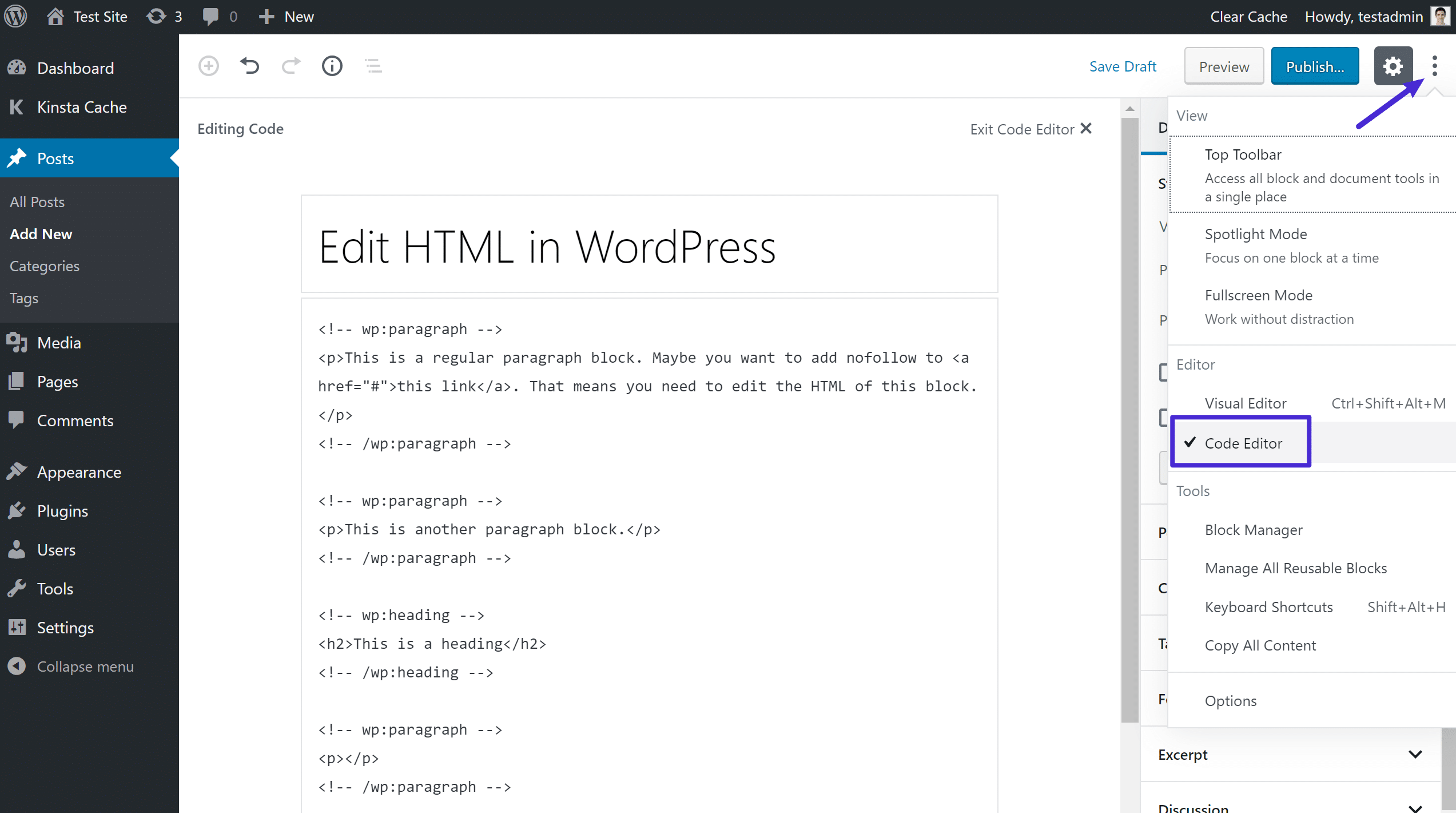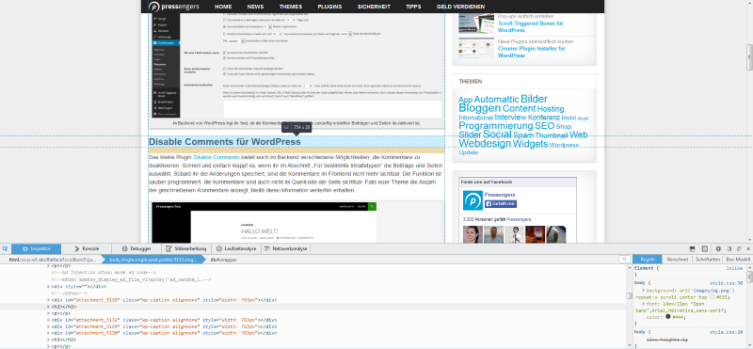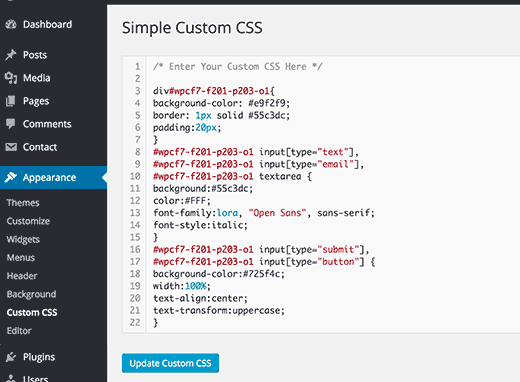

It is always a good idea to keep dynamic changes like custom CSS code separate from your core theme files. Many WordPress users like to customize their sites and enhance the design of their themes by adding custom code, but if this isn’t done correctly, it can create problems down the line for the health of your website. Why Your Site Needs a WordPress CSS Plugin In this post, we’ll cover why you might need a WordPress CSS plugin and what your best options are. If you're not opting for a Bootstrap WordPress theme, then a CSS plugin is a great alternative. Please also see the plugin's support forum for more information.And if you’re still reading this, then you likely need to customize the design of your WordPress website quickly, and a few Google searches have clued you in that CSS plugins could do the trick. After activation, you can go to Appearance => Custom CSS in your WordPress dashboard and add the custom CSS to apply the changes. Now you can search for the Simple Custom CSS plugin and install/activate it.
Simple css wordpress install#
To install this WordPress plugin, you have to go to Plugins in your WordPress dashbord and click on Add New. With Simple Custom CSS you are able to implement custom CSS changes. Simple Custom CSS Plugin (Screenshot ) Simple Custom CSS – a WordPress plugin to apply custom CSS To permanently apply custom CSS to your WordPress websites, you can either create a child theme (recommended for larger customizations) or you could use the following plugin for example: Simple Custom CSS. With the use of browser's dev tool browser's dev tool, you may preview CSS modifications in real time. We recommend you to first preview custom CSS changes prior to applying these changes to your WordPress websites.
Simple css wordpress how to#
How to apply CSS to your WordPress Website? The CSS rule consists of a property name (color, background-color, font-size etc.) and a value (#CCCC55, 12px etc.). First comes the HTML element that should be modified (a = link, h1 = headline from type h1, li = list element etc.), inside the curly brackets is the CSS rule that applies to this element.

To understand the syntax of CSS and in order to modify your styling, please see the following examples. To inspect which elements to tweak, we recommend you to use your browser's web developer tools browser's web developer tools. But if you just understand how to tweak the CSS of one element, you will be able to modify every other element on your website as well. Those are for example links, list elements, headlines, paragraphs, divs and others. This is a beginner's tutorial where we will only mention a few of the most common HTML elements which are being modified most frequently. Image Source: Unsplash – / License: CC0 Public Domain The most commonly tweaked HTML elements A website's structure is built with HTML – and CSS is responsible to style and shape this structure – so in this quick tutorial we will also mention some HTML. With this beginner's CSS tutorial we want to show you some CSS basics which should help you to modify the styling of your website by yourself.

the color of a button, the font size of your titles, a background color or anything else that might be worth tweaking for you. Even if you are most happy with your website at the moment, it is very likely that someday you might want to change something – e.g.


 0 kommentar(er)
0 kommentar(er)
